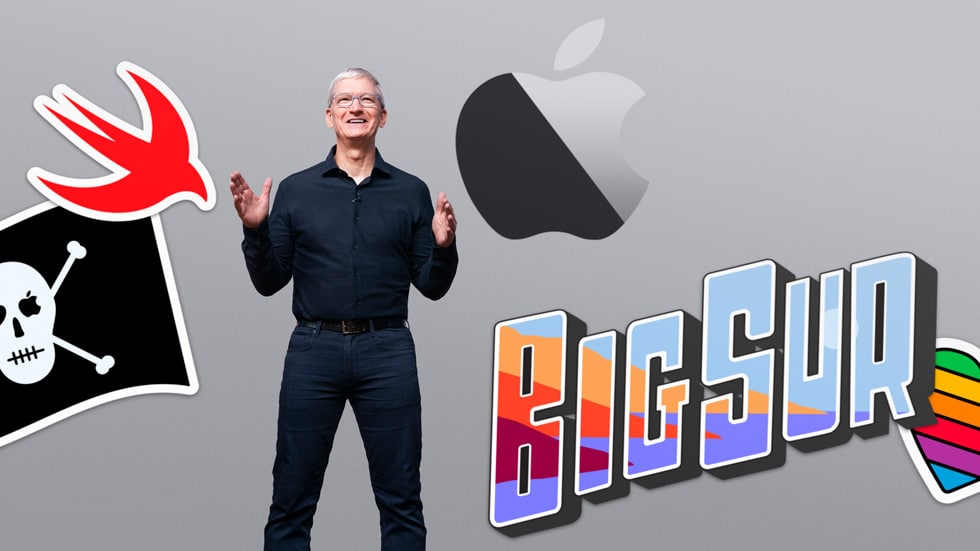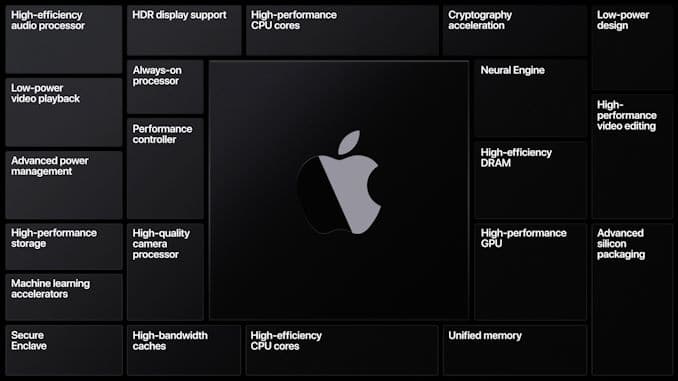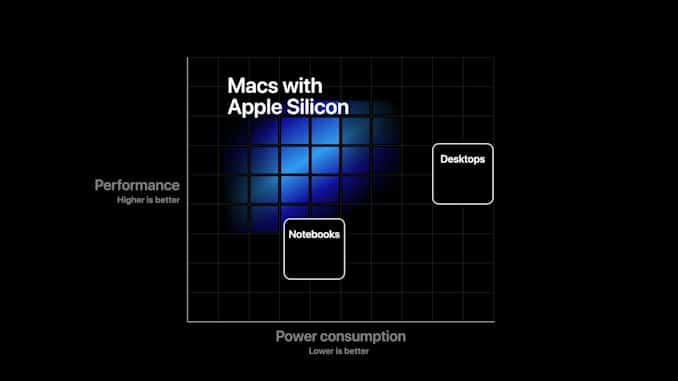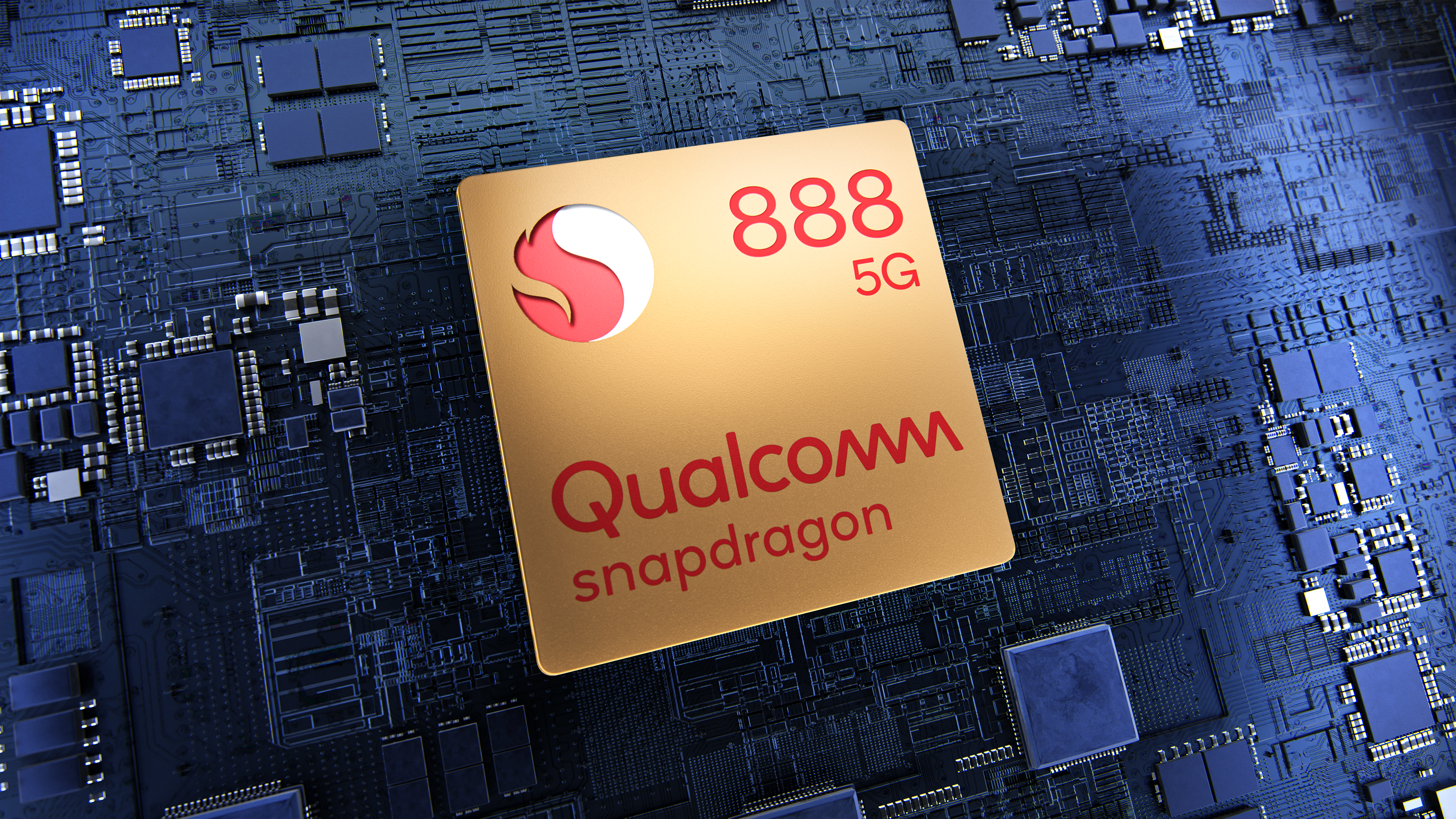At the WWDC 2020, Apple announced that it will debut its first Mac with Apple Silicon by the end of this year, beginning the process of displacing Intel chips in Mac computers. Apple expects the transition to in-house SoCs to take two years. In the interim, new Intel-powered Macs will still be in the pipeline.
“When we make bold changes. It’s for one simple and powerful reason. It’s so we can make much better products.” – Tim Cook, Apple.

“Silicon is at the heart of our hardware. Having a world class silicon design team is a game changer.”– Tim Cook, Apple.
Over the past decade, Apple has been designing its own processors for devices including the Apple iPhone and Apple iPad. During this time, Apple has shipped over two billion chips. Whether it be the A-series processors for iPhone performance moving up a hundred fold, or improving the iPad graphics performance up a thousand-fold, Apple has come a long way. Apple now aims to leverage that extensive experience and expertise in producing chips for iOS devices to foster high performance and low power consumption through chips for Macs. The big question is: Will the seasoned Apple design team be able to deliver effortless performance with low power consumption, in comparison to the x86 chips they currently use?
For Apple, the move to in-house chips will provide it with complete control over hardware as well as software, enabling it to offer strong performance and greater CX. Apple will look at emulating their success in Mac with other iOS devices such as iPhones and iPads. At its core, the move towards Apple Silicon is drive energy efficiencies. For consumers, this would translate into Macbooks with far superior battery life than the existing line of Macs. The chips will have deep integration with macOS Big Sur.

Soon enough, developers will be able to try out Apple Silicon on Mac with a “transition kit” device running Apple’s A12Z processor. Software partners, such as Microsoft and Adobe are also on board, recompiling and testing apps for running on Apple-made silicon. Interestingly, the Macs with Apple-made processors will be capable of running unmodified, native iPhone and iPad apps.
The move to reduce dependencies on suppliers for CPUs will enable Apple to overcome the current constraints faced in device manufacturing. Apple has faced challenges with Intel ranging from the redesign of entire laptops, to the delay and postponement of Apple’s 5G iPhones owing to chip issues. Apple won’t need to wait for shipments from Intel, and will be able to drive optimizations to enable Macs to do whatever they want it to do.

It was back in 2006 that Apple made the last CPU migration, when it made a shift from PowerPC processors to Intel x86 processors. While doing so, Apple provided support for PowerPC hardware until 2013. Now, with its own chips, Apple can streamline operations and increase its market share.
Through a new version of the original Rosetta – the Rosetta 2, Macs will be able to run programs written for Intel-based Macs. New virtualization software will allow those Macs to run other operating systems like Linux. The ARM Macs will be able to run the native iPadOS and iOS apps.
What does this development mean for Intel?
Of Intel’s annual revenue, Apple accounts for close to <5%. This will translate to somewhere close to $3Bn given its trailing 12-month revenue that tops Intel’s $75Bn revenue. Apple’s move away from Intel will not be a big blow for it.
“We believe Intel-powered PCs—like those based on our forthcoming Tiger Lake mobile platform—provide global customers the best experience in the areas they value most, as well as the most open platform for developers, both today and into the future,” – Intel
However, Apple’s move would embolden other OEMs to look at a life beyond Intel and its chips. Over the short-term, Intel would need to foster confidence in the ecosystem to prevent any potential erosion in its market share.
So, in conclusion, what do all these developments mean for Apple?
The vertical integration, through a marriage of hardware and software, marks a significant departure from the past. At the same time, over the next two years, Apple has to get many things right, for its chips to line-up straight, and for it to hit the proverbial jackpot. Whether it be hardware or software, there is lot at stake for Apple to get the transition right. The transition to x86 years ago provides Apple with all it needs to know to nail it.



